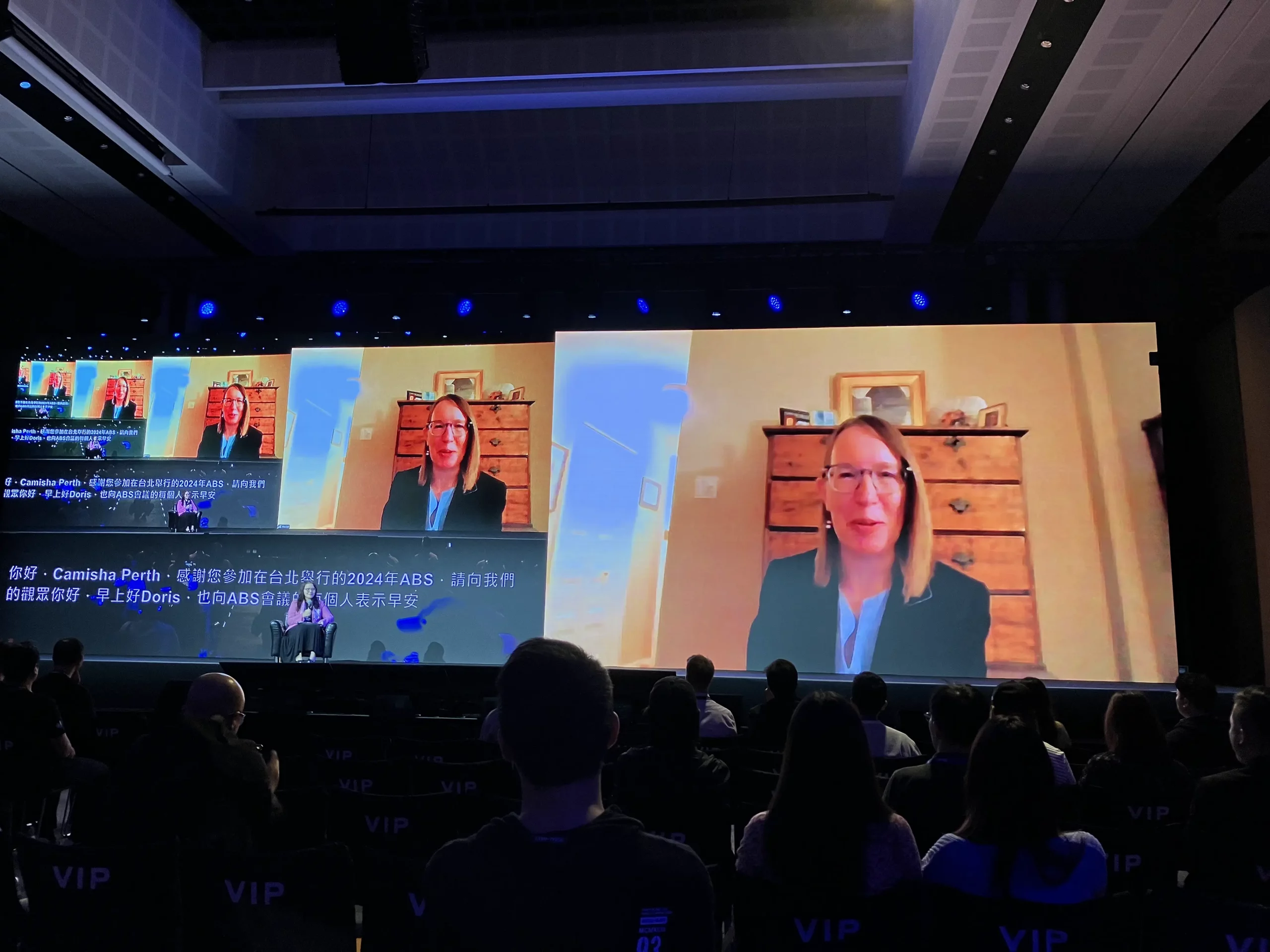
KEYTAKEAWAYS
- SEC Commissioner Hester Peirce advocates for clear yet flexible regulations for Web3, emphasizing the need to balance innovation with investor protection while allowing for technological evolution.
- Peirce stresses the importance of global regulatory cooperation and mutual recognition to address enforcement challenges across jurisdictions, given the international nature of Web3 technologies.
- The commissioner highlights the need for Web3 companies to focus on commercialization paths when dealing with regulators, while emphasizing Web3's goal of empowering individuals and prioritizing financial privacy.

- KEY TAKEAWAYS
- INTRODUCTION
- 1. KEY COMPONENTS OF THE REGULATORY FRAMEWORK
- 2. BALANCING INNOVATION AND REGULATION
- 3. MUTUAL RECOGNITION AND ENFORCEMENT ISSUES
- 4. REGULATORY CHALLENGES
- 5. EXPECTATIONS FOR WEB3 COMPANIES DEALING WITH REGULATORS
- 6. MAKING WEB3 TECHNOLOGY MAINSTREAM
- CONCLUSION
- DISCLAIMER
- WRITER’S INTRO
CONTENT
At the ABS 2024 conference, ‘Crypto Mom’ SEC Commissioner Hester Peirce shared her insights on the regulatory landscape for Web3 technologies. Addressing six crucial questions, she highlighted the need for a balanced approach to regulation that fosters innovation while protecting investors.
INTRODUCTION
SEC Commissioner Hester Peirce, known as the “Crypto Mom” in the crypto community, participated in the Asia Blockchain Summit 2024 via the virtual interview at Taiwan time 8/6 (GMT+8). She took this opportunity to share her latest views on cryptocurrency regulations as a key member of the U.S. financial regulatory body, and offered professional advice on how cryptocurrency-related individuals can communicate with regulatory agencies.
Hester Peirce has earned the title of “Crypto Mom” in the crypto community due to her relatively friendly and open attitude towards cryptocurrencies, as well as her frequent appearances on many podcasts. Her recent significant regulatory impact includes promoting the ‘safe harbor’ proposal. In this proposal, she suggested that companies should have a three-year grace period from their initial coin offering (ICO) until formal SEC evaluation to develop their networks and communities. This aims to attract more startups to participate and allow these startups to be less constrained in attracting users.
In the following content, CoinRank exclusively summarizes for readers what new insights this ‘Crypto Mom’ has on crypto regulations:
Read More:
ABS2024: Taipei Emerges as Asia’s Premier Hub for Web3 and AI Innovation
FamilyMart Joins ABS 2024: Showcasing Crypto Payments with BitoPro

Hester Peirce shared her views on crypto regulations at ABS 2024 via the online interview.
1. KEY COMPONENTS OF THE REGULATORY FRAMEWORK
Peirce emphasized the importance of clear rules that are flexible enough to accommodate change. She argued that the regulatory framework shouldn’t try to capture Web3 as it exists today, but rather allow for growth and evolution. Understanding what the market actually wants is crucial in shaping these regulations.
Read More:
2024 U.S. Crypto Regulation and Market Impact Analysis
2. BALANCING INNOVATION AND REGULATION
The commissioner stressed the need to prioritize investor protection while leaving room for innovation. She advocated for regulations that promote commercialization while maintaining adaptability to the rapidly changing landscape of Web3 technologies.
3. MUTUAL RECOGNITION AND ENFORCEMENT ISSUES
Peirce identified mutual recognition as a key piece of regulatory cooperation. She suggested pushing for global regulatory mutual recognition to address enforcement challenges across jurisdictions, highlighting the international nature of Web3 technologies.
Read More:
Global Crypto Regulation Guide H1 2024: EU, Japan, Singapore, UAE, and Hong Kong Updates
4. REGULATORY CHALLENGES
The SEC faces several challenges in regulating Web3, according to Peirce. Keeping regulation open enough is a primary concern, as is learning from people working with the technology daily. She emphasized the importance of engaging with individuals outside the agency and maintaining flexibility in the regulatory approach.
5. EXPECTATIONS FOR WEB3 COMPANIES DEALING WITH REGULATORS
Peirce noted that expectations vary based on the jurisdiction. When dealing with the SEC, she emphasized the need for Web3 companies to focus on paths to commercialization, suggesting a pragmatic approach to regulatory compliance.
6. MAKING WEB3 TECHNOLOGY MAINSTREAM
The commissioner highlighted that the goal of Web3 is to disintermediate, empowering people to make decisions for themselves and prioritizing privacy for financial data. Peirce stressed the importance of bringing these Web3 benefits to the traditional world and sharing the ultimate regulatory vision with the public.
CONCLUSION
Hester Peirce’s remarks underscore the SEC’s commitment to creating a regulatory environment that supports Web3 innovation while safeguarding investors. Her focus on clear yet flexible regulations, global cooperation, and understanding the technology’s potential indicates a forward-thinking approach to the rapidly evolving digital asset landscape. As Web3 continues to develop, the regulatory framework will play a crucial role in shaping its integration into mainstream finance and technology.

















